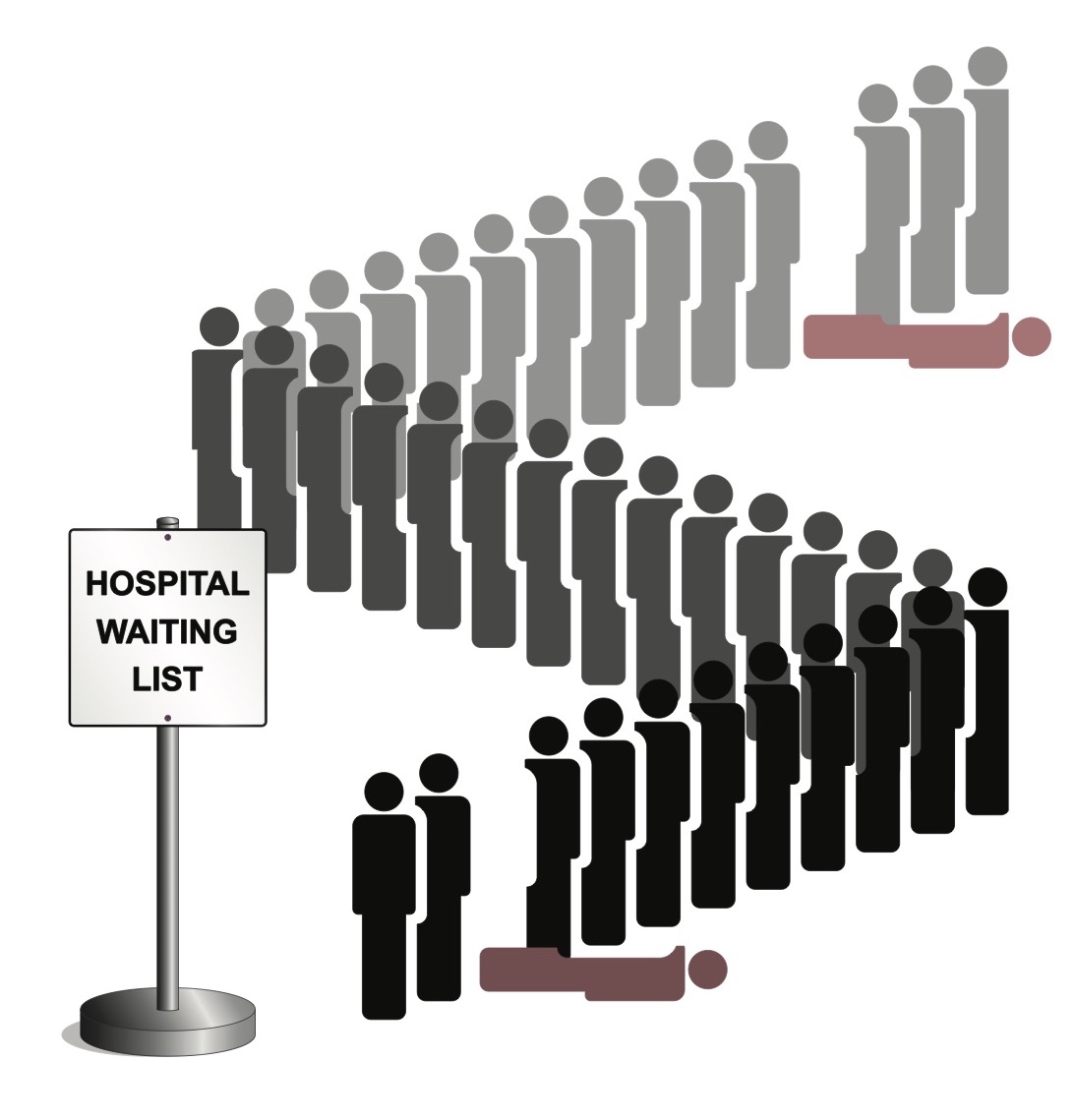A report from the Independent Healthcare Providers Network (IHPN) and the Patients Association (PA) has found that across England, if patients are prepared to travel 13.2 miles, or around 30 minutes by car it is possible to cut months off the waiting times.
As previously reported by Total Health, out of the 6.1 million patients, over 700,000 are awaiting trauma and orthopaedic operations, nearly half a million women waiting for gynaecological procedures and close to 300,000 patients waiting due to heart conditions.
 Travel to cut waiting times
Travel to cut waiting times
NHS patients can choose to receive their treatment in an independent provider and new data in the report shows that almost 90% of people in England live within a 30 minute drive of an independent provider, with people living in the most deprived areas of England just as likely to live near an independent provider as the general population.
However, despite patients having a legal right to choose which provider delivers their care (including in an independent provider who contract with the NHS), almost half of the public are unaware of these rights.
The right to choose your provider has been available for two decades
IHPN and the PA say that the Government and NHS need to take action to boost the public’s understanding of their legal choices over where to receive treatment. A short journey could considerably cut the waiting times.
In the Midlands, for example, a patient waiting for treatment in a hospital with high average waiting times for the region would only need to travel around 11 miles to a hospital with lower waiting times and see their average waiting time go from 26.7 weeks down to 8.9 weeks – a saving of almost 18 weeks.
73% patients happy to travel
According to polling, almost three quarters (73%) of patients would be happy to travel more than 30 minutes outside of their local area to get treatment more quickly. Only 5% of people said they would not travel outside their local area to get quicker treatment from the NHS.
IHPN and the Patients Association want to see NHS England establish an online one-stop portal where patients can search for their local treatment options with easily comparable information so they can choose a provider with the shortest waiting times.
IHPN and the Patients Association also recommend that NHS England undertake a comprehensive annual survey of patient awareness of choice, with a report to the Secretary of State on how the service plans to improve the awareness of patient choice and patients’ uptake of choice.
The report, “Time to Choose: How patients exercising their right to choose can help clear the NHS elective backlog”, also looks at the role independent providers can play in speeding up delivery of NHS treatment, particularly in terms of reducing health inequalities.
David Hare, Chief Executive of the Independent Healthcare Providers Network said: “Patient choice in the NHS has for too long been a policy in name only yet this report demonstrates just how much quicker patients could be treated if they are given a choice over where they receive their NHS care".
Mr Hare goes onto say, “With NHS waiting lists at record highs, there is an urgent need for a real push from both the Government and the NHS to put power in the hands of patients, with a clear commitment to boost the public’s understanding of the choices available to them to receive the quickest possible NHS treatment, whether that be at an NHS or independent sector facility.”
Rachel Power, Chief Executive of the Patients Association, said: “The right to choose your provider has been available for two decades, yet many patients are unaware of this right. We want health professionals to be clear with patients that they can choose where they can access the treatment, and we want NHS England to make it easy for patients to find out where they can get their treatment the quickest and for patients to be able to compare different providers".
Patients exercising this right will not only benefit individual patients but also has the potential to improve health inequalities.




